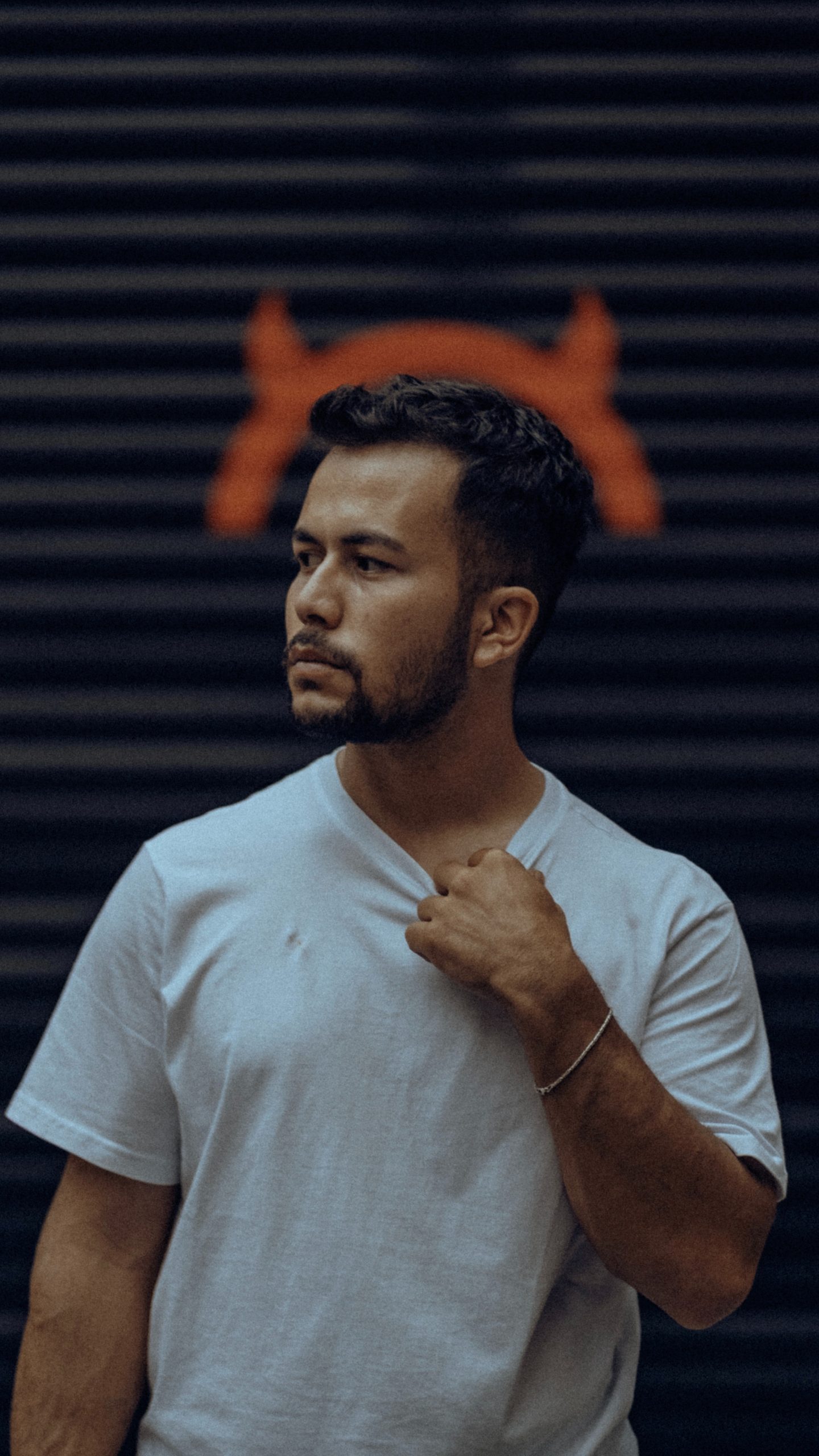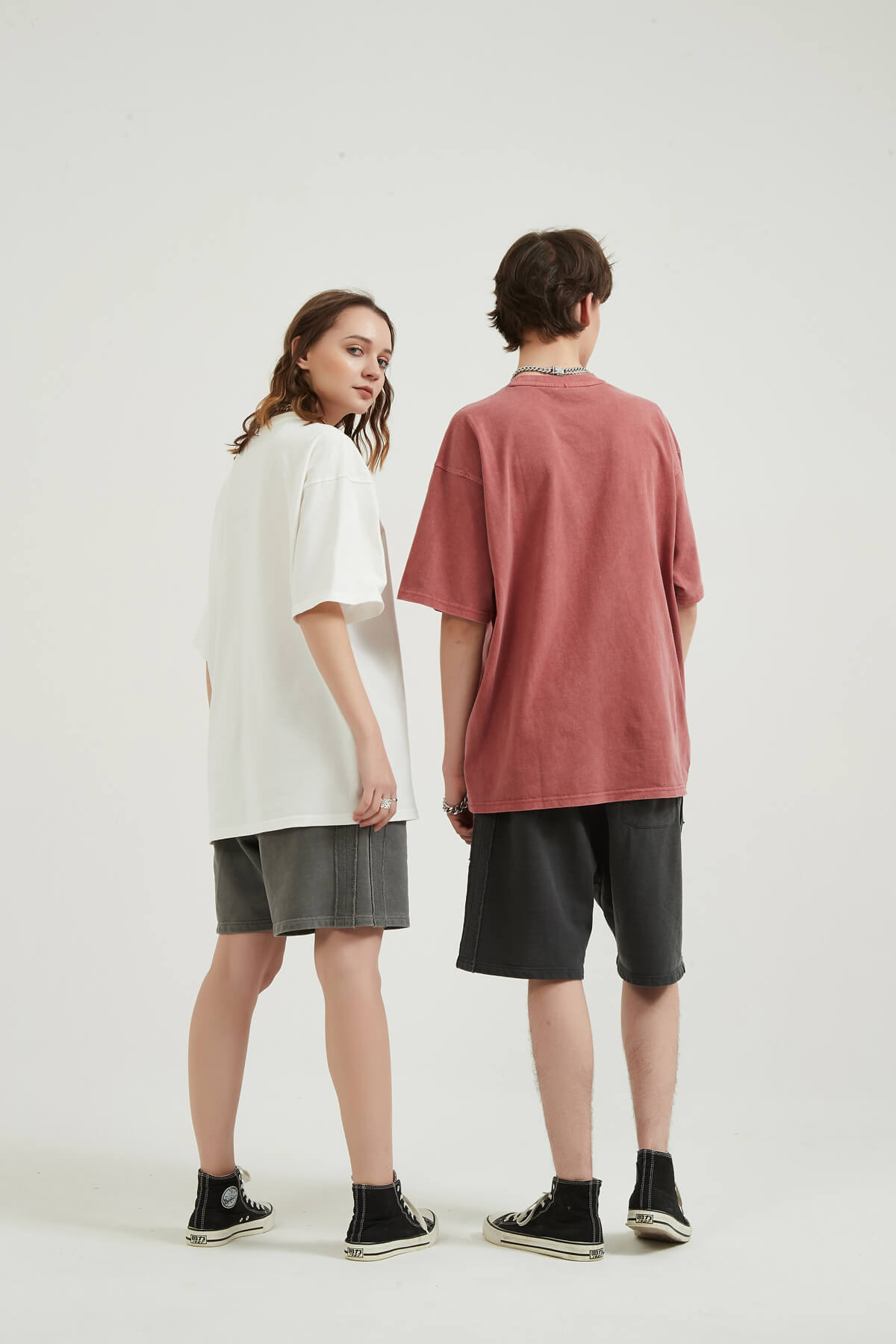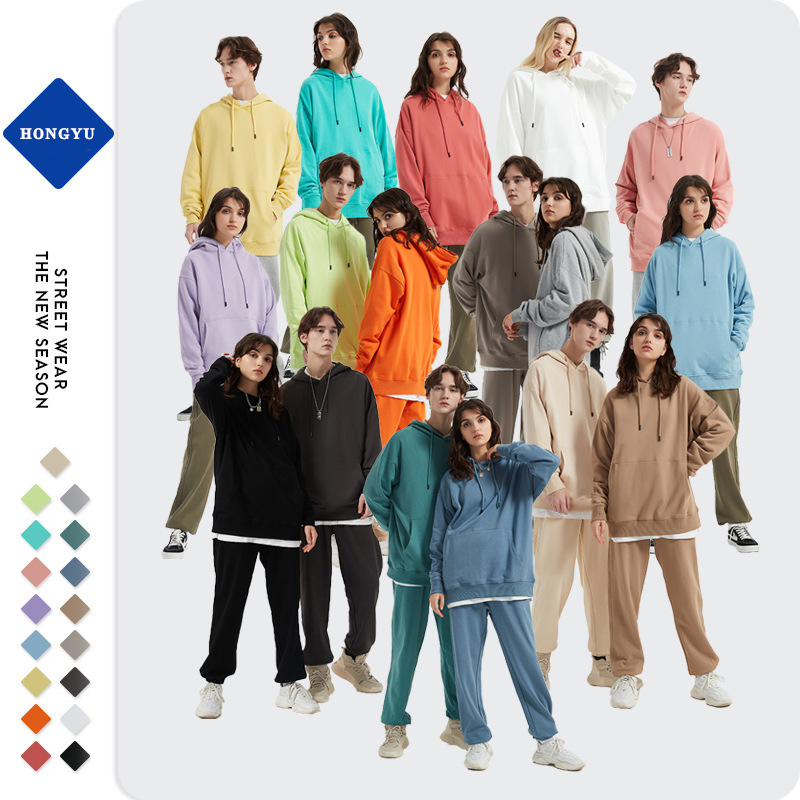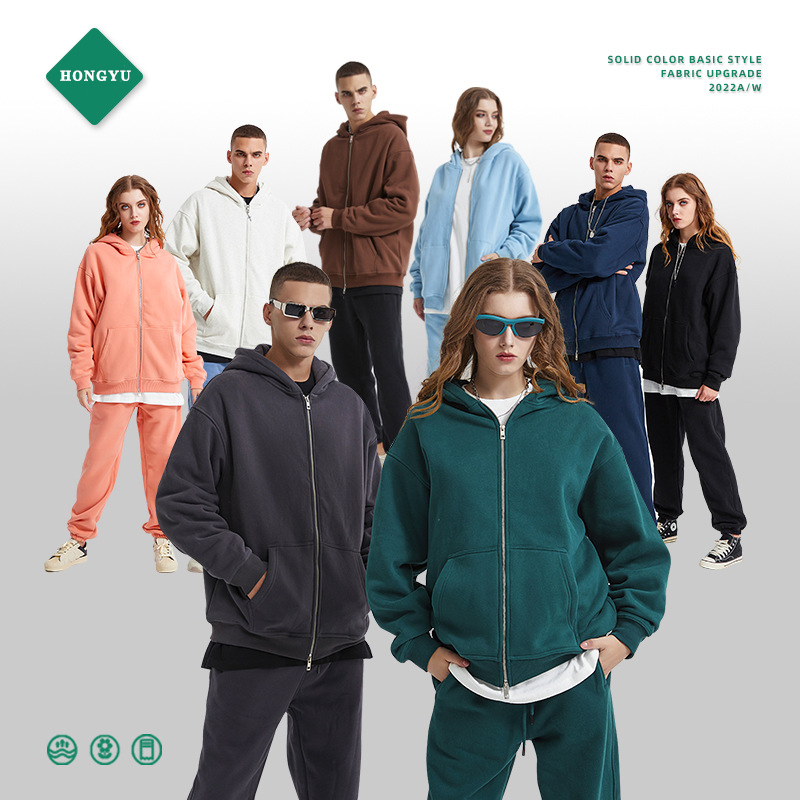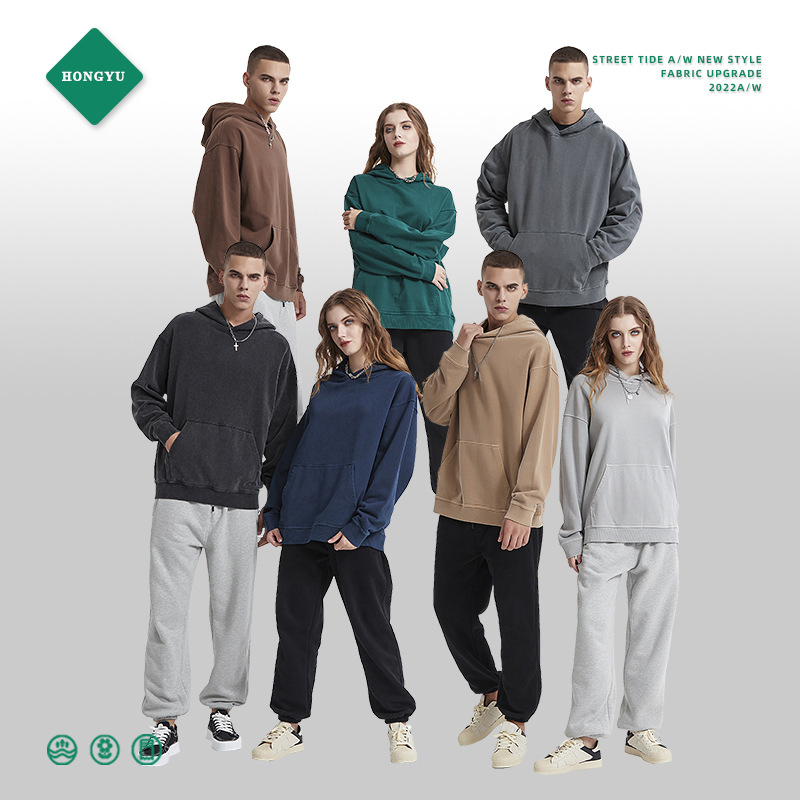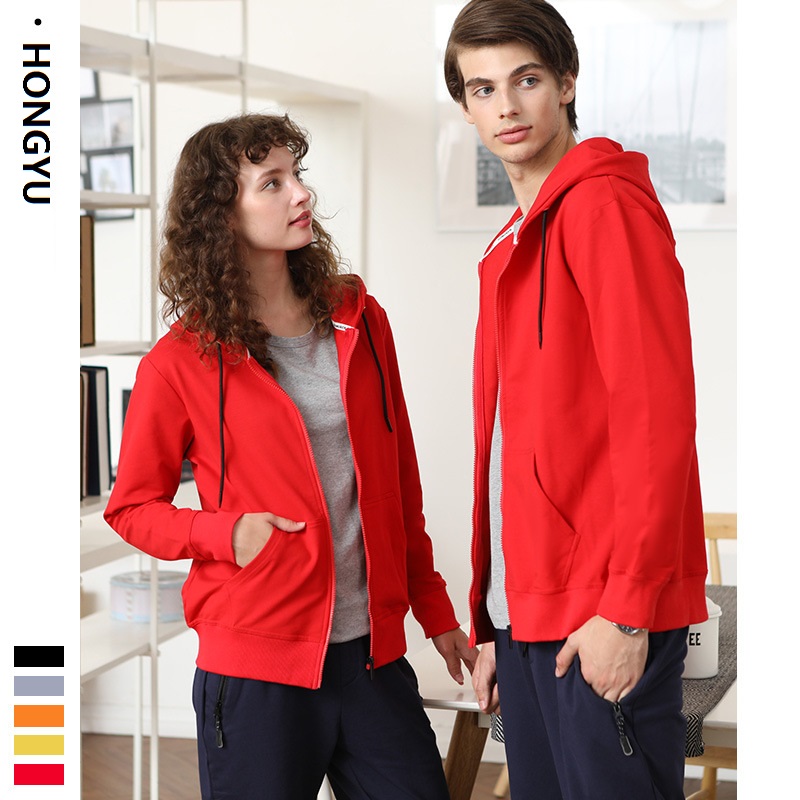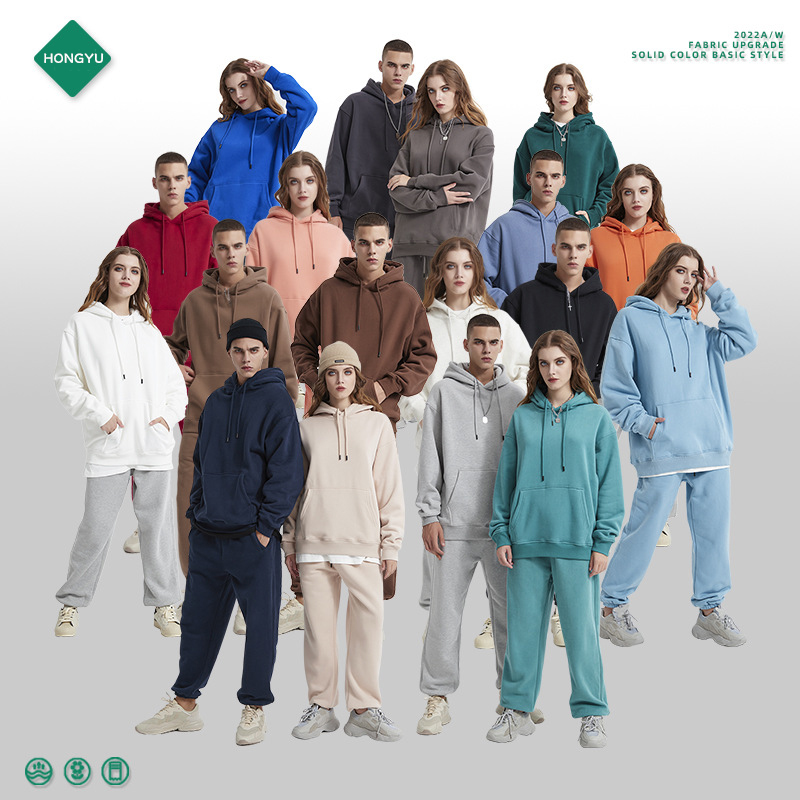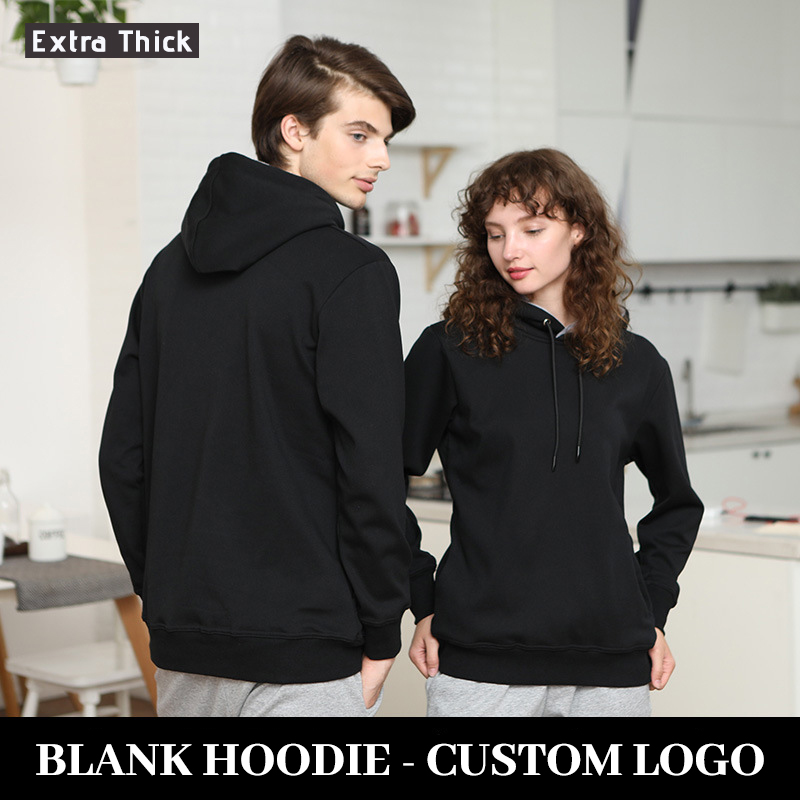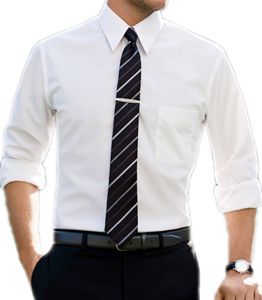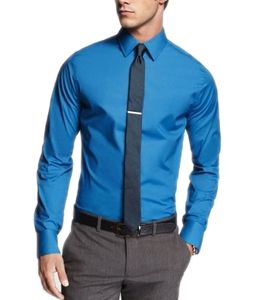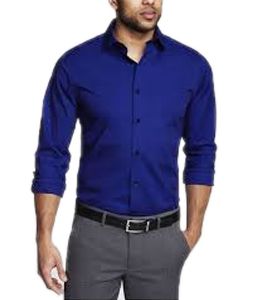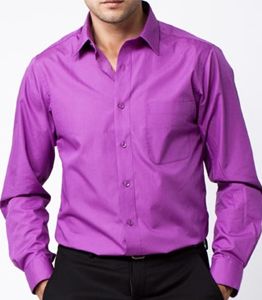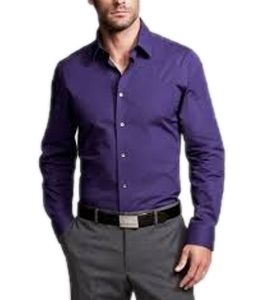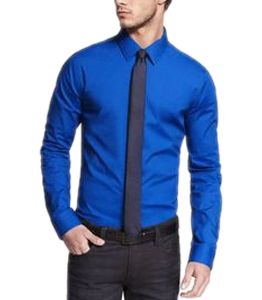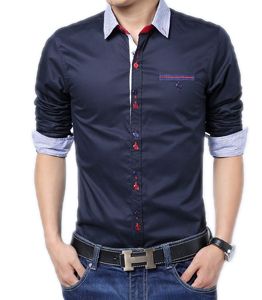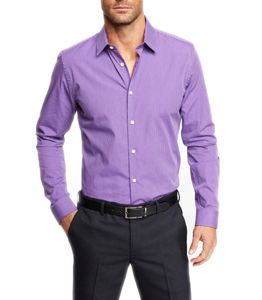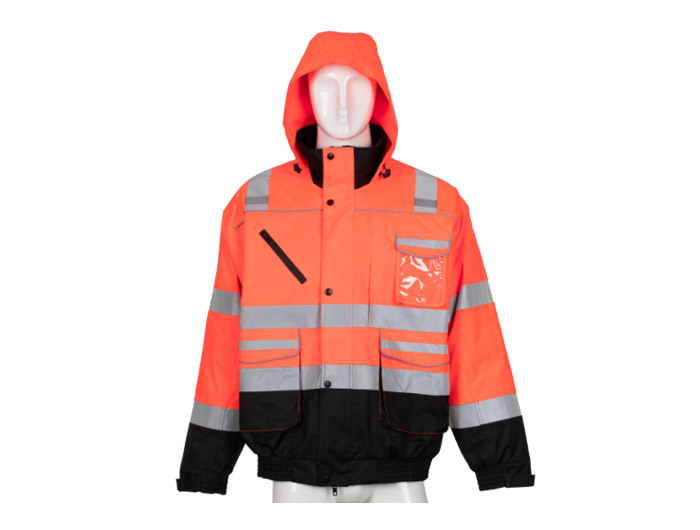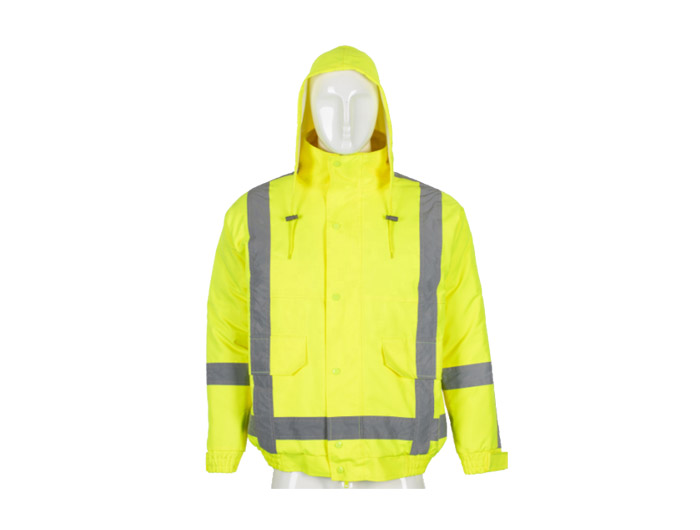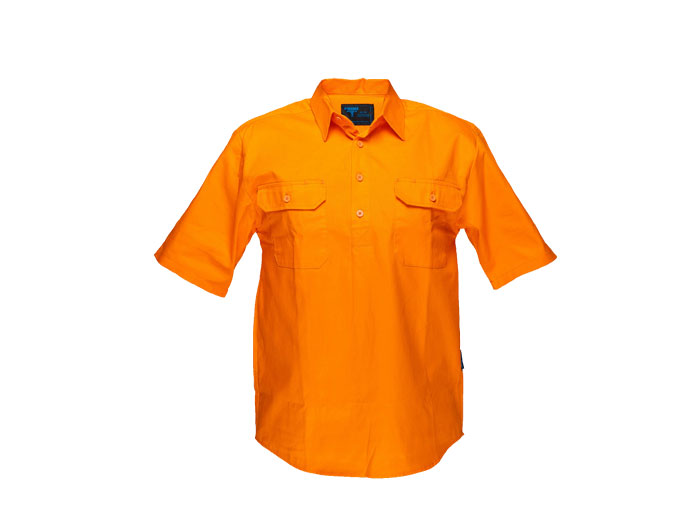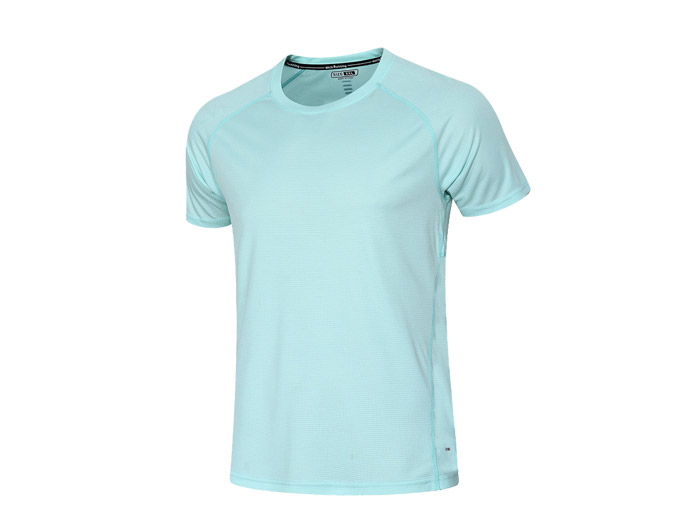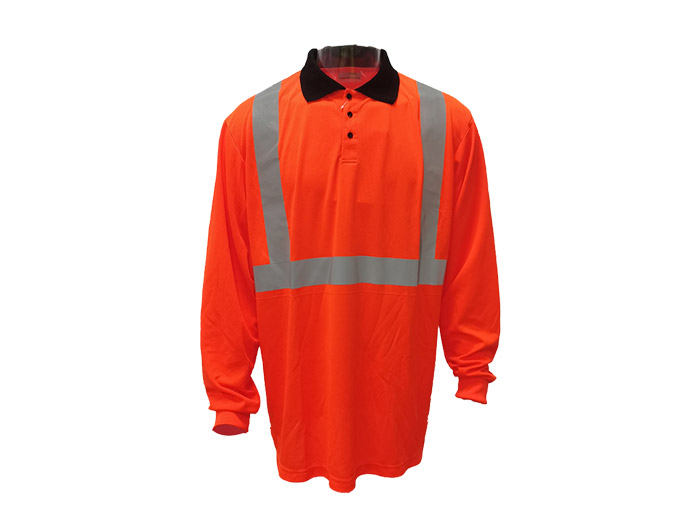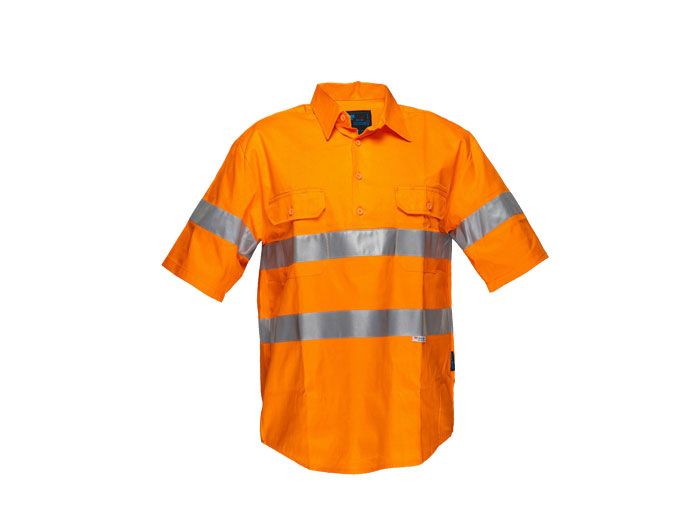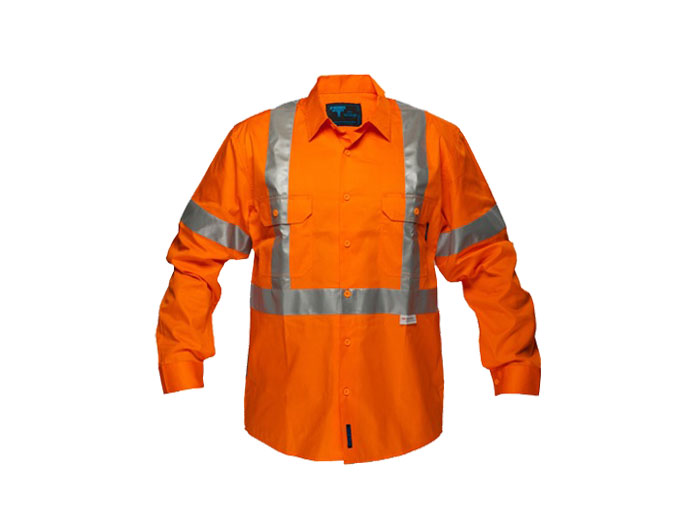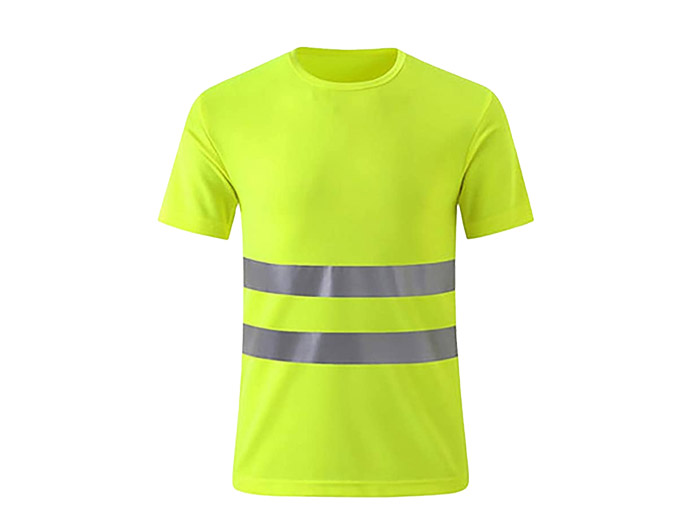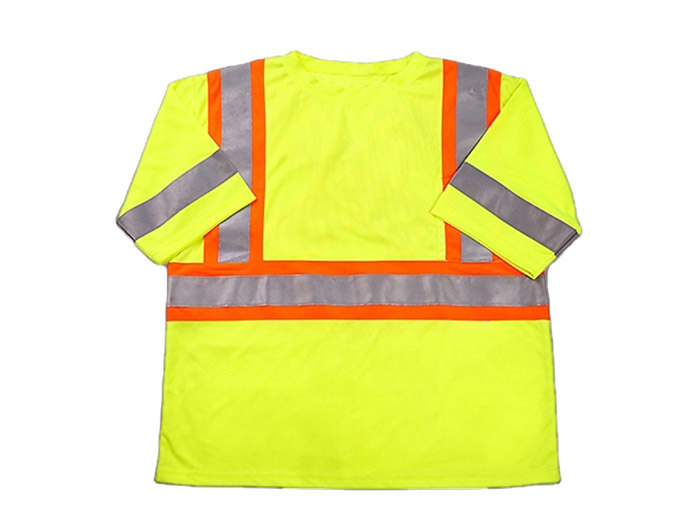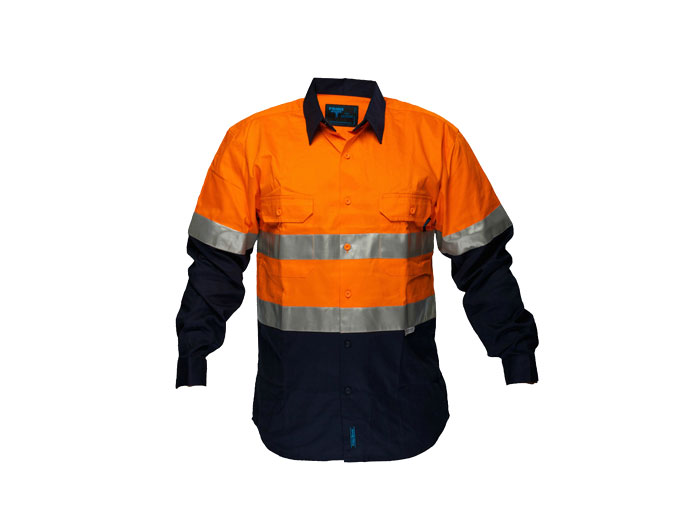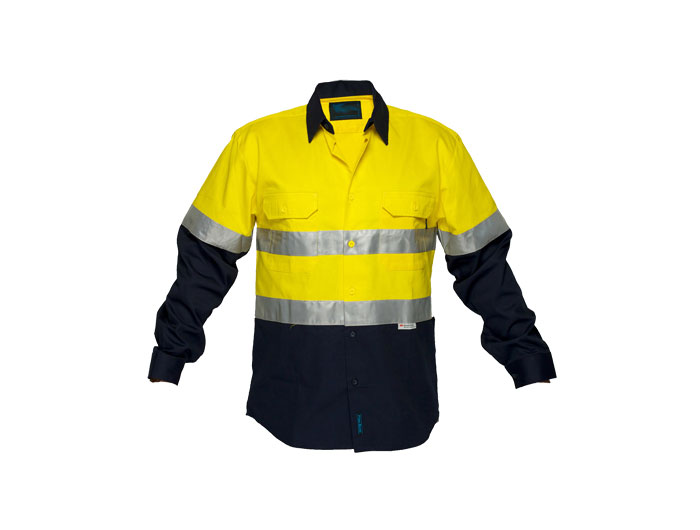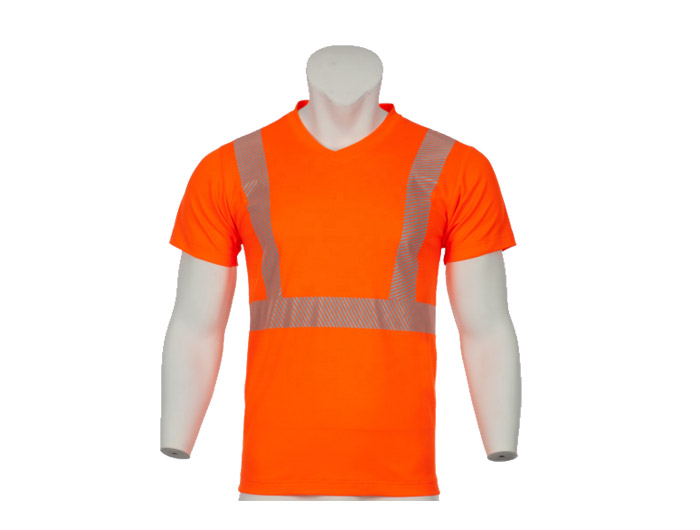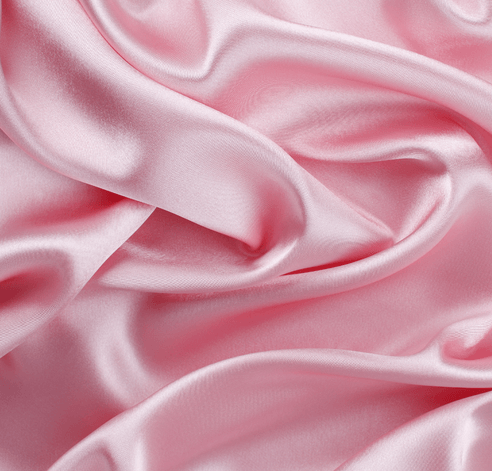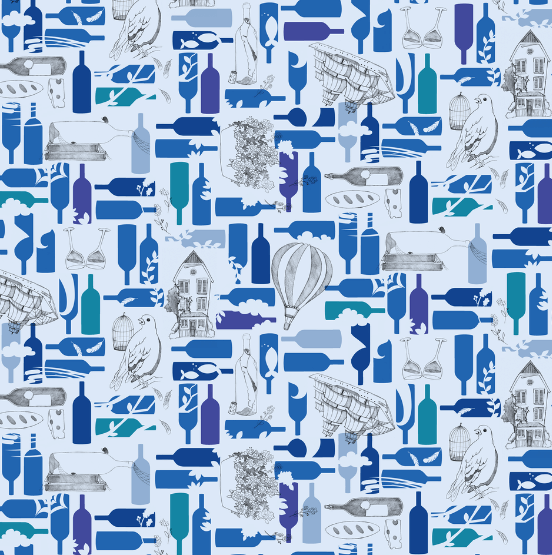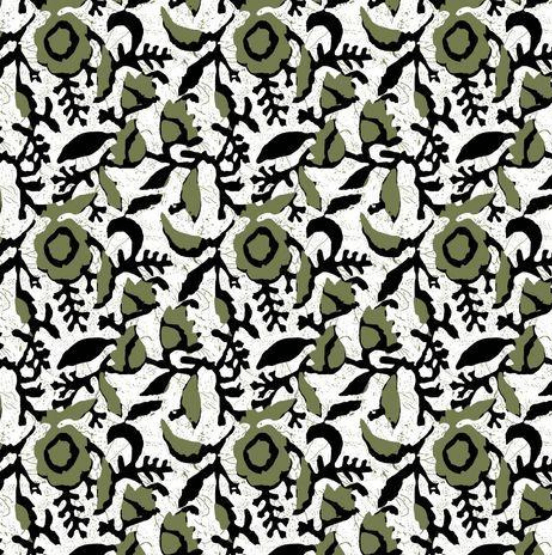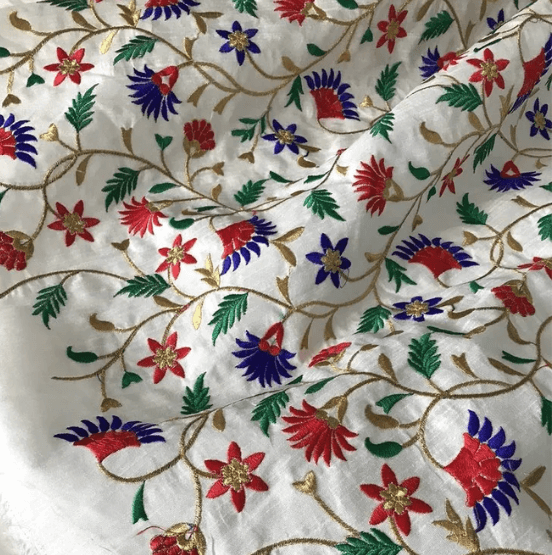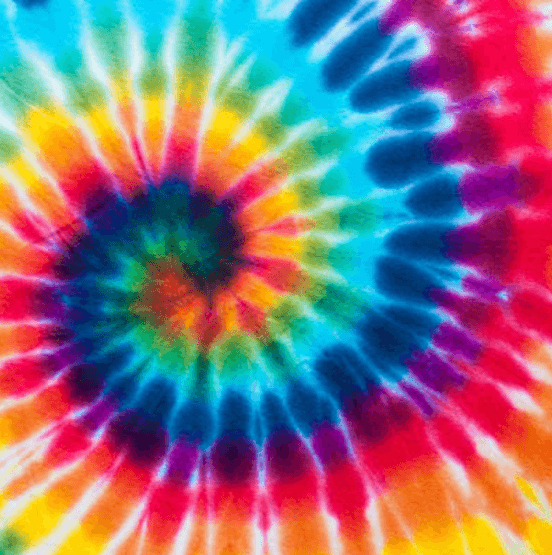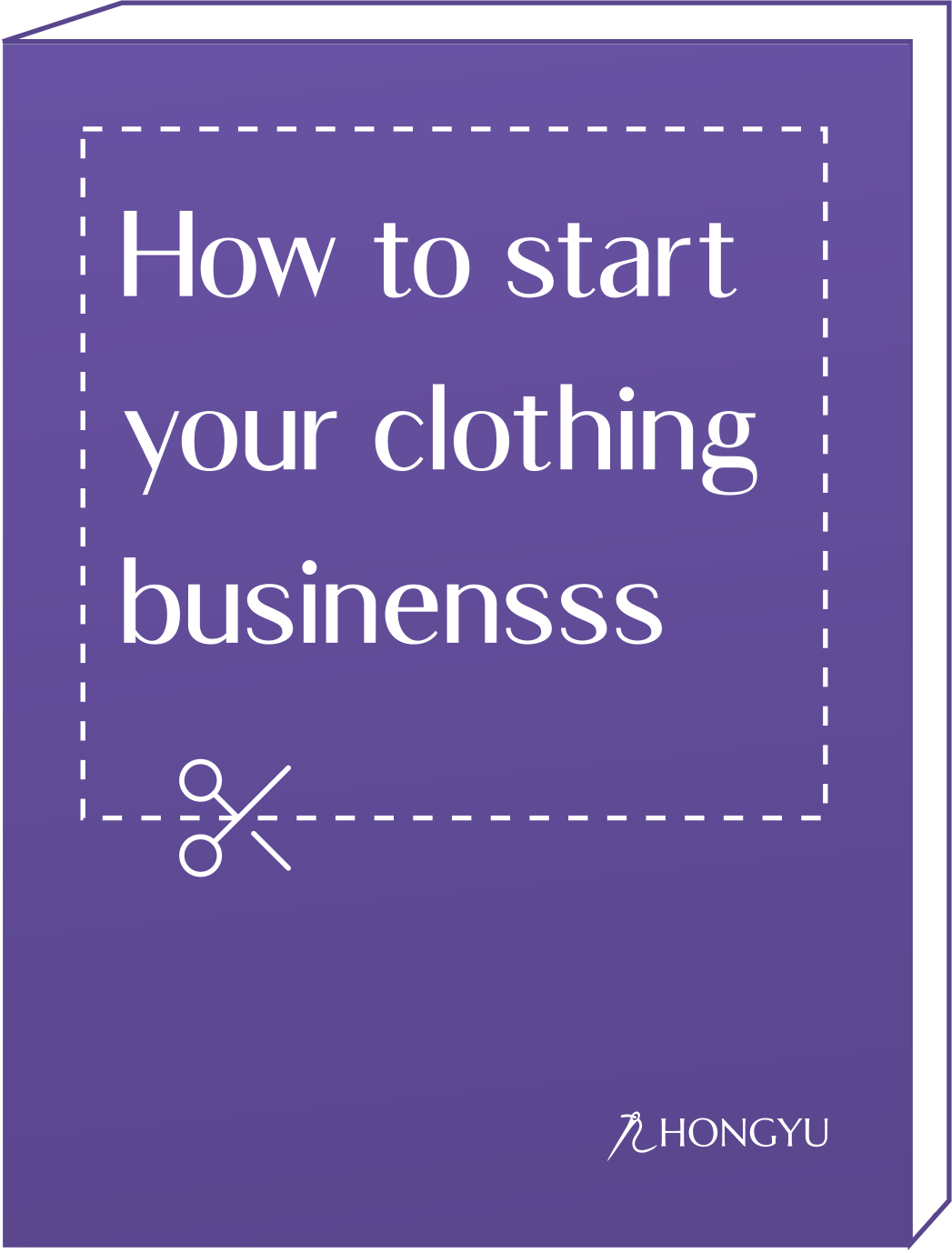Cotton Pant Manufacturer
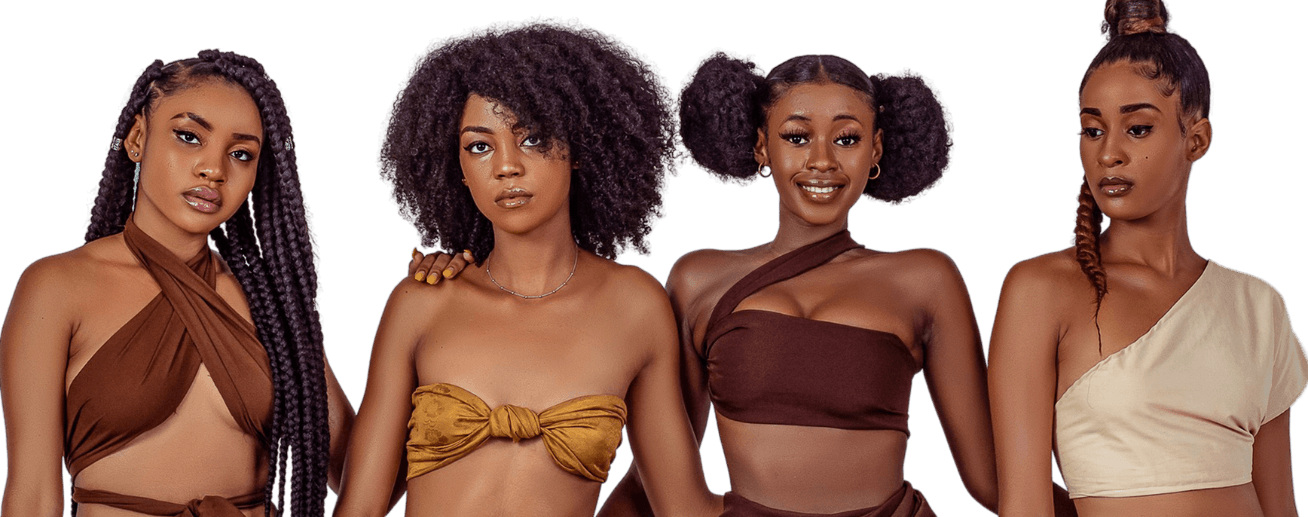










Custom Product Series
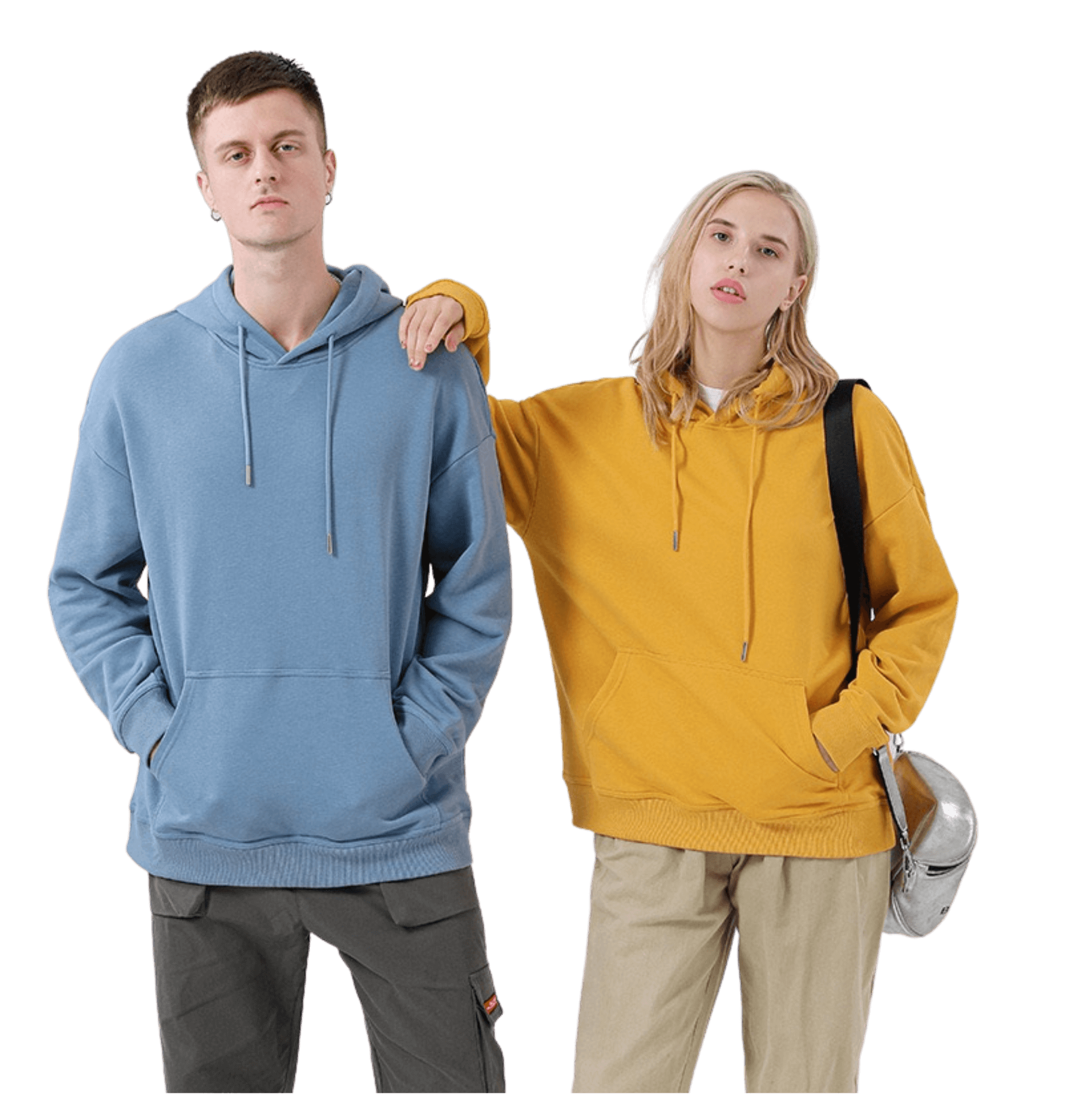
Custom Cotton Pant Manufacturers Make Your Brand Stand Out
We Are a ONE-STOP Shop: This means that all processes are finished under one roof. You only have to concentrate on design and marketing, while we take care of the rest.
Our collection of fabric and patterns is truly unique, with a wide range of styles to suit all tastes. From timeless classics to the latest trends, we have something for everyone.
Our fabric collection makes it easy to find the perfect size for your body type. Our pieces are tailored to fit and flatter every silhouette, so you don't have to worry about settling for a standard size that may not be comfortable or flattering.
Wide variety of styles available: We have hundreds of fabrics and patterns to choose from, ranging from both classic and modern styles.
How We Make It
Project Planning
We start with the first step: gathering any sample references and your tech pack or photographs. Your project manager will then assist you in verifying your materials and fitting details.Sourcing Materials
We work with local suppliers to acquire high-quality materials and assure that we stay below your specified price points. Lead times may be significantly shortened by choosing in-stock products.Pattern Making
Work with our expert pattern makers to achieve the features and fit of each style. Patterns are essentially the blueprint for all clothing items.Sample Making
Our skilled sample makers hand cut and sew your garments with detail and precision. By creating samples of your clothing, we're able to test the fit and functionality before mass production.Revisions
You'll have a fitting on the samples so we can know what alterations are needed for your next batch of samples. Thanks to the rich industry experience of our service team, we are confident to finish all revisions within only 1-2 rounds, while other traditional manufacturers may need 5+ rounds to achieve that.Productions
With your sample approved, we can begin pre-production. Placing your purchase order will initiate your first production run.Only True Feedback Counts
Why Choose Enrong
Looking for a reliable clothing manufacturing partner? Check out Enrong! Our team of experts focus on sample development, production, custom label printing and delivery – making sure your fashion needs are met every step of the way. We offer a variety of products to choose from. No matter what type of clothing design you want, our experienced team can make it happen. Contact us today and let us help you create the perfect fashion look!
At Enrong, we make it possible to turn your designs into displays. Our team of experienced professionals ensures the highest level of quality and workmanship. We strive to provide beautiful products that meet our customers’ expectations. With our expertise, you can ensure any project is completed with the utmost care and attention.
We have multiple garment manufacturers and can take on any quantity order, no matter the size. Our very short turnaround time means it will grow your business faster!
We ship worldwide via DHL, FedEx, UPS and more, so you don’t have to worry about anything at hand – just relax and our team will take care of everything.
Each piece is checked for stitching, measurements, and fabric accuracy, so you know that what we deliver is of the highest quality. With our professional Enrong service team, your fashion design will be brought to life and ready for delivery. Let us make sure that you get the perfect product you envisioned!
Start your own clothing line with 300 pieces per design to save money and pamper customers by giving them more options.

Buyer’s Guide
Cotton Pant Manufacturer: A Simple Guide for Start-Up Brands
It is not easy to start a cotton pant custom company, but if you have the right way and plan, you will be more likely to succeed. This guide provides an introduction to starting a cotton pant manufacturing company, including advice on choosing a production location, sourcing materials, and suppliers, and marketing your product. So, if you’re ready to start your own cotton pant manufacturing company, read on for everything you need to know!
Table of Contents
1. A Brief History of a Pant
The word “pant” is derived from the old French word “pante”, which means leg covering. While the exact origins of the pant are unclear, it is thought that they were first worn by horsemen as a way to keep their legs protected from the elements. Over time, the pant became increasingly popular, and they eventually made their way to other parts of Europe and North America.
Today, pants are worn by both men and women and are available in a wide variety of styles and colors. Whether you’re dressing for a job interview or heading out for a night on the town, there’s a pair of pants that’s just right for the occasion.
2. The Evolution of Pants: From Workwear to High Fashion
Pants have come a long way since they were first invented. Here’s how pants evolved from being simple workwear to high fashion:
Early History
Pants were first invented in the Middle East over 3,000 years ago and were made from a variety of materials, including linen, wool, and leather. The style of pants gradually spread to other parts of the world, including Europe and Asia.
Pants became particularly popular in Europe during the Renaissance, as they were seen as a more comfortable alternative to the tight-fitting breeches that were fashionable at the time.
18th Century
Pants began to be used as workwear in the 18th century, as they were seen as being more practical for manual labor than skirts or dresses. Pants became particularly popular among laborers and peasants in Europe and America.
19th Century
Pants continued to be used as workwear in the 19th century, but they also became increasingly popular as casual wear. By the end of the century, pants were commonly worn by both men and women in a variety of settings.
20th Century
Pants became increasingly popular among women in the early 20th century, as they were seen as a more practical alternative to skirts and dresses.
This trend was accelerated by the invention of new fabrics such as denim and corduroy, which were more durable than traditional fabrics such as silk and cotton. By the mid-20th century, pants had become commonplace among women of all social classes.
21st Century
Pants continue to evolve in the 21st century, with new styles and silhouettes being introduced each season. Designers are also experimenting with new fabrics and materials, such as leather, latex, and even metal.
3. The Different Types of Pants
There are a variety of pants on the market, each with its unique features. Here is a quick guide to the most popular types of pants:
Jeans
Jeans are a type of pants that are made from denim, a sturdy cotton twill fabric. Jeans are typically blue, but can also be found in other colors, such as black, white, and grey. They are a versatile type of pants that can be dressed up or down, making them ideal for both casual and formal occasions.
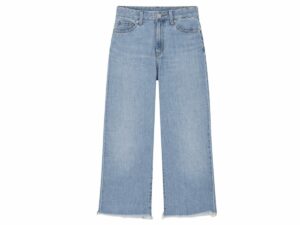
Dress Pants
Dress pants are a type of pants that are made from a variety of fabrics, such as wool, silk, or linen. They are typically worn on formal occasions, such as business meetings or weddings.
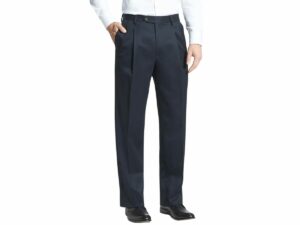
Leggings
Leggings are a type of pants that are made from a stretchy fabric, such as Lycra or spandex. Leggings are typically worn by women as exercise clothing or as part of a casual outfit.

Sweatpants
Sweatpants are a type of pants that are made from a heavy-weight fabric, such as fleece or terrycloth. Sweatpants are typically worn during exercise or when relaxing at home.
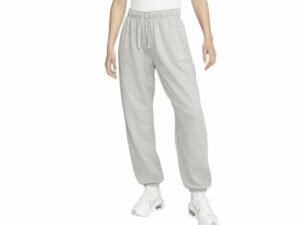
Cargo Pants
Cargo pants are a type of pants that have large pockets on the sides or legs. Cargo pants are typically worn by men as they are thought to be more masculine than other types of pants.
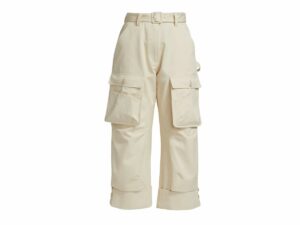
Capris
Capris are a type of pants that is shorter than full-length trousers but longer than shorts. They typically come to mid-calf or just below the knee. Capris are made from a variety of fabrics such as denim, corduroy, and linen, and can be either dressy or casual.
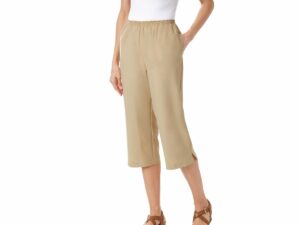
Pantsuit
A pantsuit is a type of clothing that consists of a pair of pants and a matching jacket. Pantsuits are typically worn by women on formal occasions, such as job interviews or court appearances.
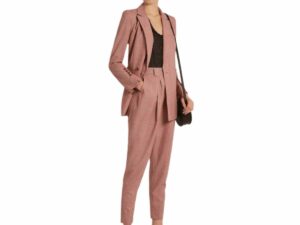
Trousers
Trousers are formal type of pants that are made from a variety of fabrics, such as linen or cotton. Trousers are typically worn with a shirt and tie for men or a blouse for women.
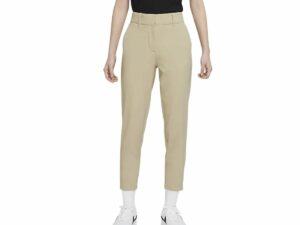
4. 5 Types of Cotton Fabric Used in Pants
When it comes to cotton pants, there are a few different types of fabric that you might encounter. Here is a quick overview of the most popular cotton fabrics used in pants, so that you can make an informed decision about which type is right for your brand:
#1 Denim
Denim is a sturdy cotton fabric that is typically blue or black. This fabric is often used to make jeans, as it is very durable and can withstand a lot of wear and tear. It is also often used to make other types of clothing, such as jackets and skirts.
#2 Flannel
Flannel is a soft, brushed cotton fabric that is typically red or green. Flannel is often used to make shirts, as it is very comfortable and warm. It can also be used to make other types of clothing, such as pants and pajamas.
#3 Khaki
Khaki is a light-colored cotton fabric that is typically beige or brown in color. It is often used to make pants, as it is very versatile and can be dressed up or down. This fabric can also be used to make other types of clothing, such as skirts and shorts.
#4 Corduroy
Corduroy is a thick, textured cotton fabric that is typically brown or black. It is often used to make pants, as it is very durable and has a stylish look. It can also be used to make other types of clothing, such as jackets and shirts.
#5 Oxford Cloth
Oxford cloth is a lightweight cotton fabric that is typically white or blue. It is often used to make shirts, as it is very comfortable and breathable. This fabric can also be used to make other types of clothing, such as skirts and blouses.
5. 5 Factors to Consider When Designing a Cotton Pant
Designing cotton pants can be a daunting task, especially for start-up brands. Here are 5 factors to consider when designing cotton pants:
#1 Fit
The pant should be fitted to the body to flatter the figure and provide a comfortable, stylish look.
#2 Rise
The rise of the cotton pant should be considered when choosing a design. A high rise will elongate the body, while a low rise will create a more relaxed look.
#3 Leg Shape
The leg shape of the cotton pant should also be taken into account. A straight leg will provide a classic look, while a flared leg will create a more contemporary look.
#4 Fabric
Another important factor to consider when designing a cotton pant is the fabric. Cotton is a versatile fabric that can be used for a variety of looks, from casual to dressy. It is important to choose a high-quality fabric that will hold up well to wear and tear.
#5 Color
The color of the pant is also an important factor to consider. Cotton pants are available in a wide range of colors, so it is important to choose a color that compliments the rest of the outfit.
6. A Step-by-Step Guide to Starting Your Pants Clothing Line
There are a few key things you need to do to start your pants clothing line. Here’s a step-by-step guide on how to get started:
Step#1 Research the Industry
Before you start your pants clothing line, it is important to research the industry. This will help you to understand the competition, identify gaps in the market, and set your prices. You can research the industry online, or by speaking to experts in the field.
Step#2 Develop a Business Plan
This plan should include your business goals, marketing strategy, and financial projections. It will serve as a roadmap for your business and help you to secure funding from investors, if necessary.
Step#3 Choose a Manufacturing Partner
One of the most important decisions you will make when starting your pants clothing line is choosing a custom clothing manufacturer partner. This partner will be responsible for producing your garments, so it is important to choose one that is reputable and has experience in the clothing industry.
One apparel manufacturer you can check out is Enrong Apparel. We are a leading clothing manufacturer with over 20 years of experience. We offer competitive prices and a wide range of services, including design, pattern making, and sample production. Contact us today to know more about our services!
Step#4 Create Your Designs
After you have chosen a manufacturing partner, you will need to create your designs. If you are not a designer yourself, you may need to hire someone to create designs for you. Once your designs are complete, they will need to be sent to your manufacturing partner for production.
Step#5 Market Your Brand
Once your pants clothing line is up and running, you will need to market your brand to attract customers. There are many ways to market a clothing brand, including online marketing, traditional advertising, and public relations.
Step#6 Evaluate and Adjust as Needed
As with any business, it is important to evaluate the performance of your pants clothing line on an ongoing basis and make adjustments as needed. This may include changing your marketing strategy, altering your product offerings, or adjusting your prices.
7. Cost Factors in Starting a Clothing Line
As you begin to plan your clothing line, one of the first things you’ll need to do is figure out how much it’s going to cost you to get started. Below are the most important cost factors you should keep in mind as you’re planning your budget for starting a clothing line:
| Cost Factors in Starting a Clothing Line | |
| Product Development | $500 to $1000 per style |
| Manufacturing | $5 to $50 per garment |
| Labeling and Packaging | labels: $500 to $2000 for small orders packaging: $0.20 to $2.00 per garment |
| Shipping and Logistics | vary widely depending on the size and weight of your products |
| Marketing and Advertising | depend on your budget and the size of your target market |
| Sales Tax | vary depending on the state in which you are doing business |
| Licenses and Permits | $100 to $500 per year |
Product Development
This includes the cost of designing your garments, sourcing materials, and having samples made. Depending on the complexity of your designs and the quality of materials you use, product development can cost around $500 to $1000 per style.
Manufacturing
The cost of manufacturing will depend on many factors, including the type of garments you are producing, the quantity you are ordering, and the quality of the finished product. In general, manufacturing costs can range from $5 to $50 per garment.
Labeling and Packaging
If you plan to sell your garments in retail stores, you will need to have labels and hangtags made. These can cost around $500 to $2000 for small orders. You will also need packaging for your garments, which can cost around $0.20 to $2.00 per garment, depending on the type of packaging you use.
Shipping and Logistics
This includes the cost of shipping your garments from the manufacturer to your warehouse or fulfillment center, as well as the cost of storing and distributing your products. Shipping and logistics costs can vary widely depending on the size and weight of your products, as well as the distance they need to travel.
Marketing and Advertising
Marketing and advertising costs can include everything from creating a website and printed marketing materials to paying for online advertising or PR campaigns. The amount you spend on marketing and advertising will depend on your budget and the size of your target market.
Sales Tax
If you are selling your products in the US, you will need to collect sales tax from your customers in most states. The exact amount of sales tax you need to collect will vary depending on the state in which you are doing business. In some states, clothing is exempt from sales tax, while in others it is subject to a reduced rate.
Licenses and Permits
Depending on where you are selling your products, you may also need to obtain licenses and permits before starting your business. This can cost around $100 to $500 per year, depending on the type of business you are starting and the location in which you are doing business.
8. What You Need to Know About Cotton Pant Manufacturer
As a business owner, you want to make sure you’re using the best possible materials for your products. When it comes to clothing, cotton is always a popular choice. But what do you really know about your cotton pant manufacturer?
Here are some things you need to know:
- Where do they source their cotton?
- What type of cotton do they use?
- How is the cotton processed?
- What types of dyes and finishes are used?
- How are the pants made?
By asking your manufacturer these questions, you can be sure you’re getting a quality product that meets your standards. Don’t be afraid to ask for more information or request samples before making your final decision.
9. 6 Tips When Sourcing for Manufacturer
When starting a clothing line, one of the most important decisions you will make is choosing the right manufacturer. A pant manufacturer can be the difference between a successful launch and a complete flop. Here are 6 tips to help you choose the right cotton pant manufacturer for your start-up brand:
#1 Research
There are both large-scale manufacturers that mass produce products, and smaller, more niche manufacturers that specialize in certain types of clothing. It’s important to understand the difference between the two and find a manufacturer that fits your needs.
#2 Budget
Your budget is another important factor to consider when choosing a cotton pant manufacturer. Large-scale manufacturers will typically be more expensive than smaller, niche manufacturers. However, it’s important to find a manufacturer that you can afford without compromising on quality.
#3 Location
If you are sourcing internationally, there may be issues with language barriers and shipping costs. It’s important to factor these into your decision to make sure you are getting the best possible deal.
#4 Production Capabilities
Another important factor to consider is the production capabilities of the cotton pant manufacturer. Make sure they have the ability to produce the quantities you need and that they can meet your deadlines.
#5 Quality
Quality is important when choosing a cotton pant manufacturer. You want to make sure that the finished product meets your standards and that it will be something your customers will be happy with.
#6 Experience
Finally, you want to make sure that the cotton pant manufacturer you choose has experience in manufacturing clothing. This will ensure that they are familiar with the process and can help you avoid any potential problems.
So, if you’re a startup brand looking for a clothing manufacturer that can help you with every step of the production process, Enrong Apparel is here to help. We offer different type services that will take your fashion brand to the next level. Contact us today to learn more about our services and how we can help you bring your vision to life!
10. 6 Traps to Avoid in Starting a Clothing Line
We’ve seen a lot of brands make the same mistakes when starting out. To save you time and money, we’ve compiled a list of the 6 traps to avoid when starting your clothing line:
#1 Materials
The material you’ll use for your garments is important not only for quality but also for the price. You don’t want to skimp on quality, but you also don’t want to break the bank. Pants that are made of high-quality fabrics will last longer and look better, but they will also cost more. Be sure to do your research and find the right balance for your brand.
#2 Pricing
You need to find a balance between pricing your garments too high and too low. If you price them too high, you’ll deter customers from buying. But if you price them too low, you won’t make a profit.
#3 Fit
Your garments should flatter any body type. This means that whether someone is skinny or plus-size, they should be able to find a pair of pants that fit them well. Be sure to offer a variety of sizes so that everyone can enjoy your garments.
#4 Quality
As we mentioned before, the quality of your garments is important. You want your customers to be happy with their purchase, and you want them to come back for more. Be sure to use high-quality materials and construction methods so that your garments will last.
#5 Durability
You also want your garments to be durable. This means that they should be able to withstand repeated wear and washing. Be sure to choose materials that won’t shrink or fade, and that will hold up well over time.
#6 Style
Finally, you need to make sure your garments are stylish. This means that they should be fashionable and up-to-date. Be sure to stay on trend so that your customers will be happy with their purchases.
11. Conclusion
Starting a clothing line is a great way to express your creativity and taste. It’s also a good way to enter the fashion industry. But before you start, it’s important to find a manufacturer that will help you avoid the traps we’ve listed above.

